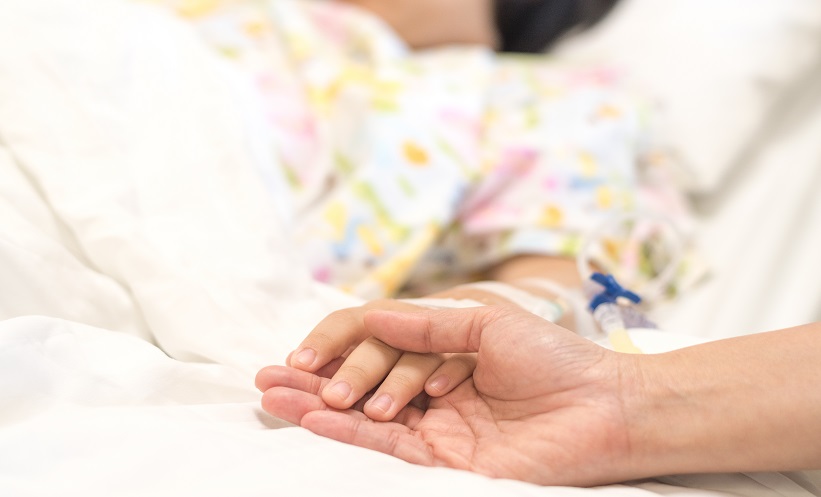Transfusion-associated bacterial infection is a major risk of platelet transfusion and can be fatal.1 The storage requirements of platelet concentrates (PC) pre-transfusion allow for bacterial proliferation and biofilm formation on the inner surface of the blood bag.2 Biofilms are particularly problematic, exhibiting increased virulence, antimicrobial resistance,3 and reduced respiration rates of the bacteria, leading to decreased detection by bacterial recognition systems and the resultant transfusion of contaminated units.
Platelets are key players in inflammation, secreting cytokines and chemokines that orchestrate immune responses. Platelets express all 10 toll-like receptor transcripts, allowing direct recognition of pathogen-associated molecular patterns (PAMP) on invading micro-organisms.4 One of the many chemokines released by activated platelets during inflammation is CCL5 (RANTES).5 RANTES has well-established roles in the homing and migration of several leukocyte subsets during inflammation, thereby promoting an immune response. However, elevated RANTES is reported in early infection and sepsis, correlating with infection severity, tissue damage, and mortality.6-8 This work aimed to determine the effects of planktonic bacteria and biofilms on platelet function, establishing whether contaminated PC have altered haemostatic efficacy and/or heightened immunological activity.
Platelet-rich plasma (PRP) was isolated from healthy participants after ethical approval and informed consent; the PRP was incubated with Staphylococcus epidermidis or Serratia marcescens (two species commonly implicated in PC contamination)9,10 in either planktonic or biofilm forms prior to stimulation with ADP (10 µM) and analysis of activation markers (CD62P and PAC1 binding). The concentrations of bacteria used for inoculation were reflective of those found in contaminated PC. ADP-stimulated aggregation was assessed using light transmission aggregometry after these treatments and RANTES release was determined by cytometric bead array.
Platelet aggregation following incubation with biofilms (grown for 5 or 7 days prior to culture with PRP), but not with planktonic cells, significantly inhibited platelet aggregation. However, no significant changes in CD62P or PAC1 binding were determined following culture. RANTES released by platelets (ADP-stimulated or not) was significantly increased when platelets were incubated with a 7-day biofilm of either bacterial species.
This work demonstrated the inhibitory effects of biofilms formed from common PC contaminants on platelet haemostatic potential, indicating that contaminated PC may lose their therapeutic efficacy. This investigation further indicated that recipients of contaminated PC will experience high concentrations of soluble RANTES. Although this may be initially beneficial in the recruitment of leukocytes to eliminate infection in the host, it could itself initiate acute immunological reactions following transfusion and contribute to transfusion-associated sepsis.






